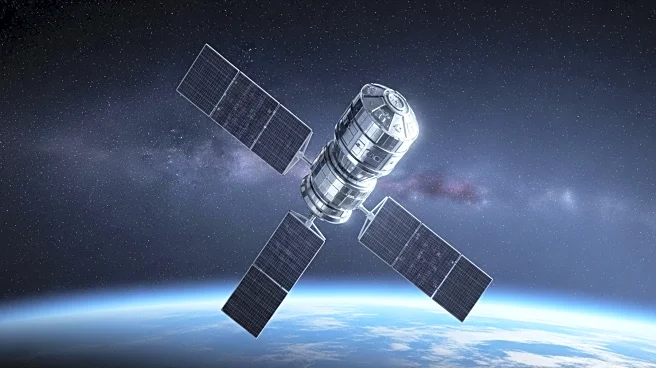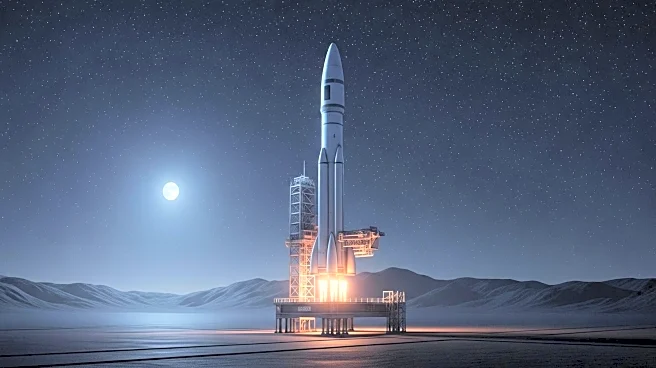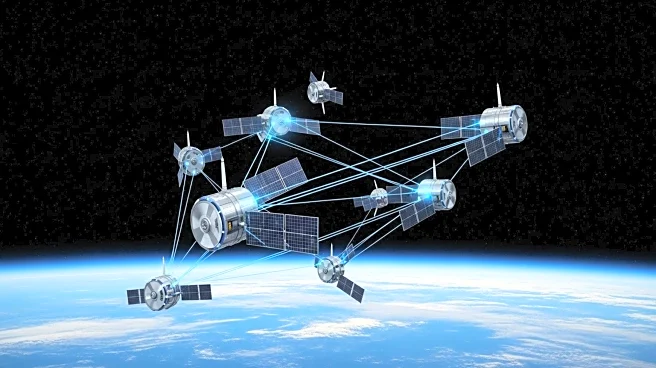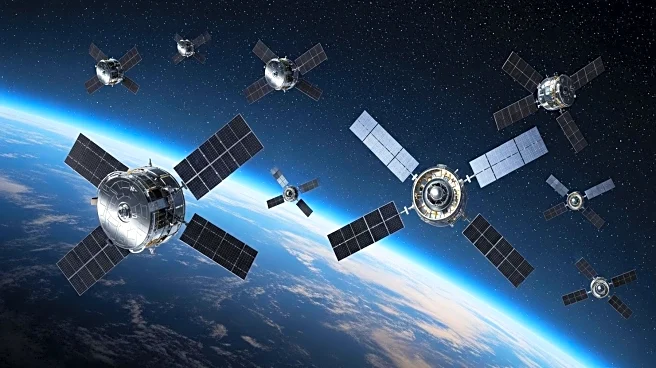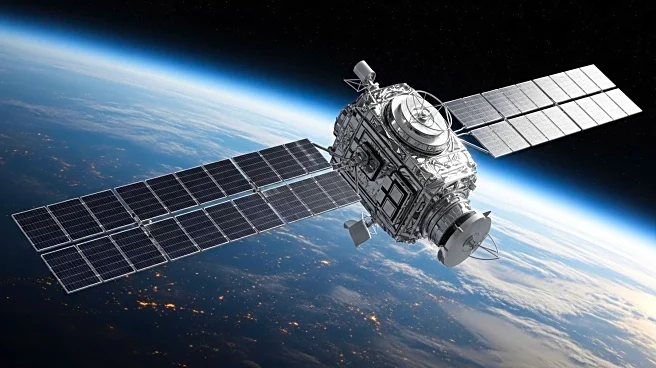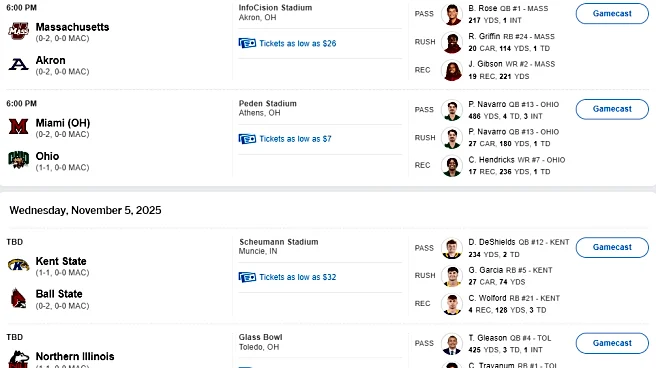What's Happening?
SpaceX has launched 24 Starlink satellites into orbit, marking the 300th mission of its satellite internet constellation. The launch occurred on September 13, 2025, from Vandenberg Space Force Base in California. The Falcon 9 rocket, which carried the satellites, successfully landed its first stage on the SpaceX drone ship 'Of Course I Still Love You' in the Pacific Ocean. This mission is part of SpaceX's ongoing efforts to expand its Starlink network, which now includes over 8,300 active satellites. The launch was the 115th Falcon 9 mission of the year, with a significant portion dedicated to deploying Starlink satellites.
Why It's Important?
The expansion of the Starlink network is crucial for improving global internet access, particularly in remote and underserved regions. By increasing the number of satellites, SpaceX aims to enhance the quality and coverage of its internet service, potentially transforming connectivity worldwide. This achievement also highlights SpaceX's leadership in the commercial space industry, showcasing its ability to maintain a high launch frequency and demonstrate the reusability of its rockets. The success of Starlink could drive further competition in the satellite internet market, encouraging other companies to accelerate their own satellite deployment initiatives.
What's Next?
SpaceX plans to continue its aggressive launch schedule, with regulatory approval to increase its launch rate from Florida. This will support the growing demand for Starlink services and other commercial and government missions. As SpaceX expands its satellite network, it may face increased competition from other global players, such as the European aerospace consortium planning to enter the market. Additionally, SpaceX's advancements in rocket reusability and launch frequency could set new industry standards, prompting further innovation in the space sector.
